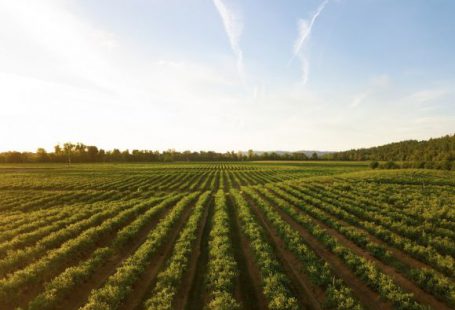In a world where environmental issues are becoming increasingly prevalent, it is imperative that we educate ourselves and future generations about the importance of protecting and preserving our planet. One way to do this is through ecological education, and terrestrial ecosystems provide the perfect catalyst for this type of learning.
Understanding Terrestrial Ecosystems
Before delving into the significance of terrestrial ecosystems in ecological education, it is crucial to first understand what they are. Terrestrial ecosystems refer to the ecosystems found on land, including forests, grasslands, deserts, and tundra. These ecosystems are home to a diverse range of plant and animal species, and they play a vital role in maintaining the overall balance of our planet’s natural processes.
Exploring Biodiversity
One of the key aspects of ecological education is the exploration of biodiversity. Terrestrial ecosystems offer an abundance of biodiversity, with countless species coexisting and interacting with one another. By studying these ecosystems, students can gain a deeper appreciation for the complexity and interconnectedness of life on Earth. They can learn about different species’ roles within the ecosystem, such as pollination, seed dispersal, and nutrient cycling. This knowledge fosters a sense of responsibility and encourages individuals to take action in preserving biodiversity.
Understanding Interactions and Relationships
Terrestrial ecosystems provide an excellent opportunity for students to understand the intricate web of interactions and relationships between organisms. For example, they can learn about predator-prey relationships, symbiotic interactions, and the effects of human activities on these delicate ecosystems. By studying these relationships, students gain insights into the delicate balance that exists within nature and the potential consequences of disrupting it.
Conservation and Restoration Efforts
Ecological education should not only focus on understanding the natural world but also on inspiring action. Terrestrial ecosystems offer a platform for discussing conservation and restoration efforts. Students can learn about the various threats these ecosystems face, such as deforestation, habitat destruction, and climate change. By understanding these challenges, they can explore strategies for conservation and restoration, such as reforestation initiatives, sustainable agriculture practices, and habitat preservation.
Outdoor Learning Experiences
While classroom learning is essential, engaging with nature firsthand through outdoor learning experiences is equally important. Terrestrial ecosystems provide an ideal setting for outdoor education, allowing students to observe, explore, and interact with their surroundings. Whether it’s going on a nature hike, conducting field studies, or participating in citizen science projects, these experiences help students develop a personal connection to the environment and foster a sense of stewardship.
Empowering Future Environmental Stewards
By integrating terrestrial ecosystems into ecological education, we can empower future generations to become environmental stewards. Through hands-on experiences and a deep understanding of the natural world, students gain the knowledge, skills, and motivation to take action and make a positive impact on the environment. They become advocates for sustainable practices, conservation efforts, and the preservation of terrestrial ecosystems.
Conclusion: A Call to Action
Terrestrial ecosystems are not just landscapes; they are classrooms. They provide a rich source of ecological knowledge and inspire individuals to become environmentally conscious citizens. By incorporating these ecosystems into our educational curricula, we can cultivate a generation of individuals who are equipped with the tools to protect and preserve our planet. Let us seize this opportunity to harness the power of terrestrial ecosystems and make ecological education a catalyst for change.





